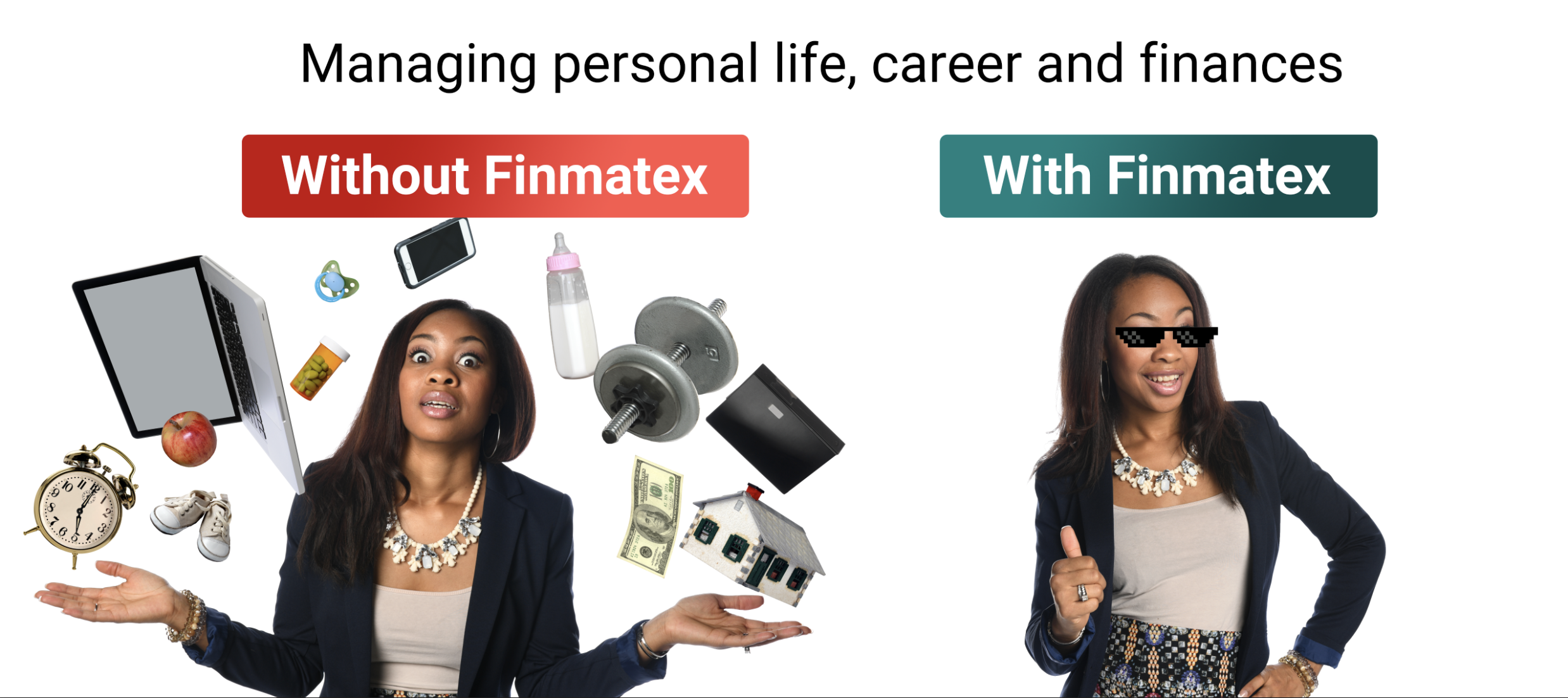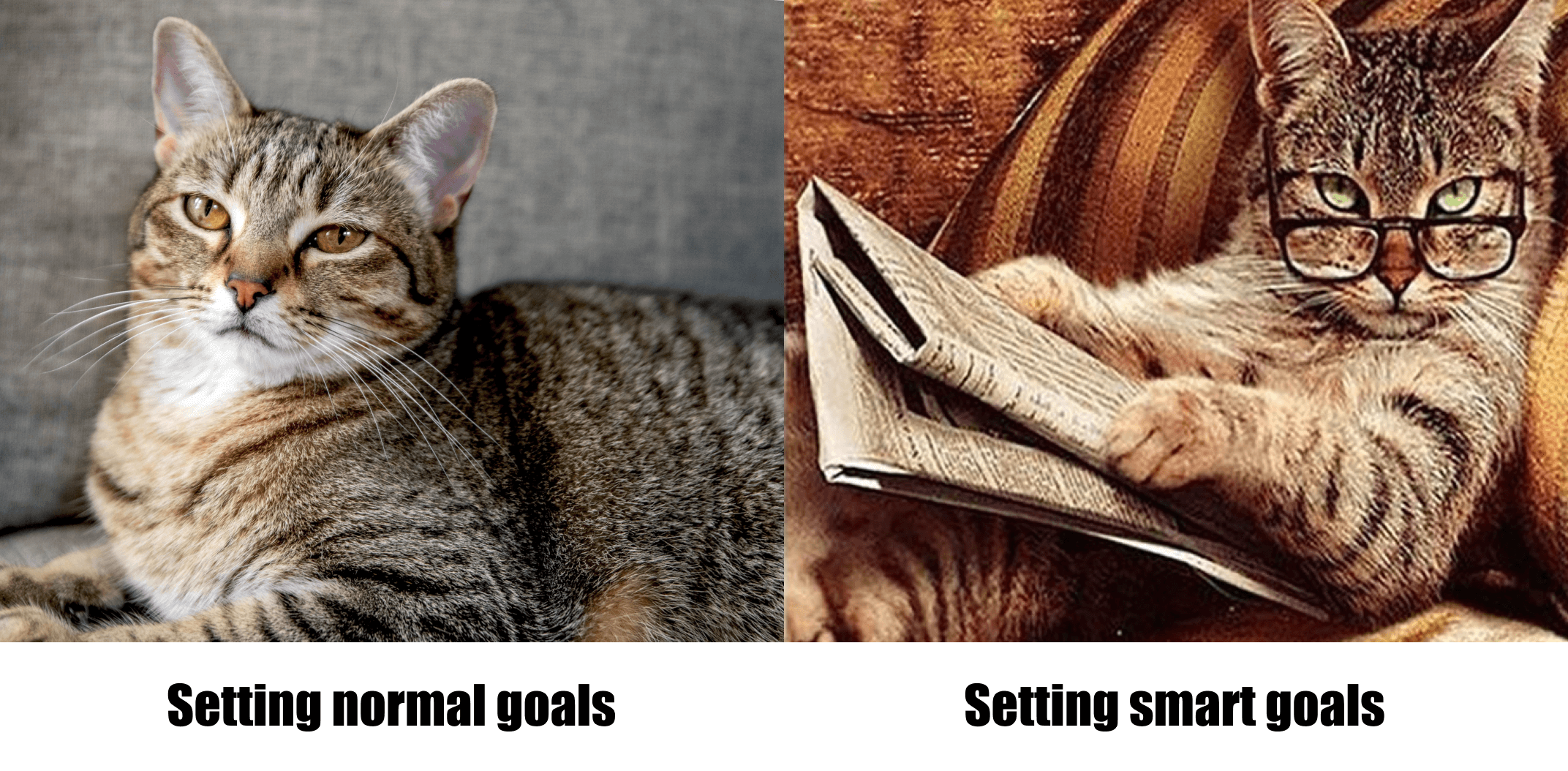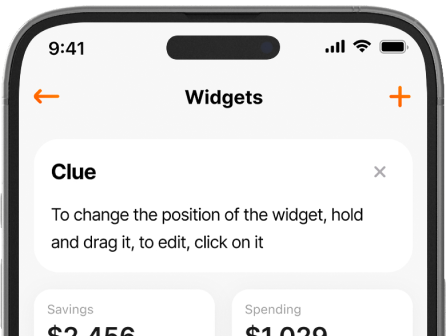The average American has about $90,640 in debt, according to the 2019 Experian Consumer Debt study. That’s not a small change (though it is down from $94,442 in 2009) and while your debt may well be much higher or lower than that, odds are that you have at least some. The 2018 Northwestern Mutual Planning and Progress Study found that 23% of Americans said they carried no debt in the past year, which, while a relatively small number, isn’t so tiny as to be an unachievably exclusive club. Becoming debt-free takes planning and work, but if you’re willing to put in the time, you can improve your future financial situation quite a bit.
Step 1: Assess
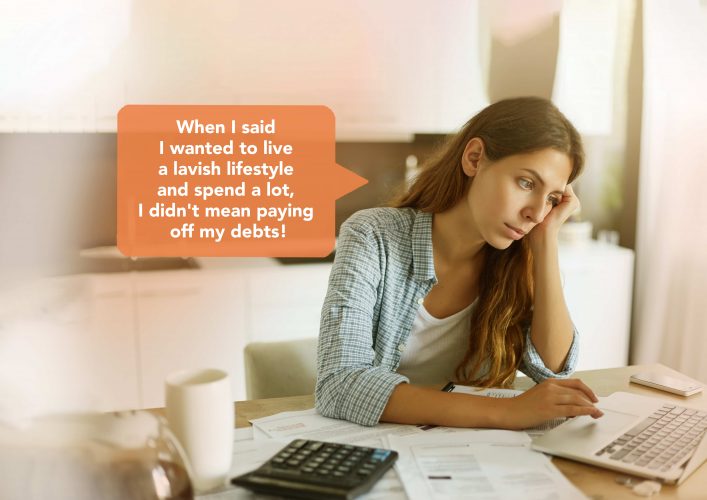
As the old carpenters’ saying goes, “Measure twice, cut once!” Resolving to get out of debt just by “paying your bills” won’t get you very far if you have any significant amount to get through. Your first step, then, is to map out what you’re dealing with and your capacity to handle it.
Mortgage debt: low-priority
If you’re a homeowner, a lot of your debt is likely in your mortgage. That’s where $9.86 trillion of the $14.35 trillion total consumer debt in the U.S is sitting, and, luckily, it’s one of the least-worrisome types of debt. It has relatively low rates—lower than most of your other debt probably has and maybe even lower than you might get by investing—and is generally much larger than your other balances, making it a fine debt to pay off over a longer period. It’s even often categorized as a type of “good debt” in that your property is likely to increase in value over time.
Credit card debt: high-priority
Your first priority should probably be your credit card debt—almost always categorized as “bad debt,” as it costs money with little benefit. This will almost always be the debt that is costing you the most in interest payments—potentially over 20% annually. According to the National Foundation for Credit Counseling, around 35% of Americans carry balances from month to month and around 60% have had debt in the past 12 months, so this may well be something you need to handle.
Other debt priorities
The second-largest type of debt in America is student loan debt, at $1.51 trillion total, followed by auto loans at $1.36 billion, credit cards at $829 billion, home equity lines of credit ($362 billion), personal loans ($305 billion), and other debts (42 billion). If you have debt, it’s probably in one of these categories.
The goal here is to rank all your debts by interest rates and/or size. After that, add up your total liabilities and try to get a sense of how long they would take to pay off based on how much you allocate towards debt payments every month.
For example, if you have $20,000 in debt and you think you can pay $500 towards it every month, it would take you around 40 months to pay it off if at 0% interest. If it has an interest (say, 7%), you’ll have to do some extra math (or use an online calculator!) to figure out that at $500 a month it will take you 46 months and cost you $2,841 in interest before it’s paid.
Take a look at your financial situation
Once you have a handle on your debt, it’s a good time to look at your income and expenses. Creating a budget, even if it’s a relatively broad look at inflows and outflows, will help you understand what you can afford to use towards your debt and which expenses you may be able to cut to pay off your debt faster.
Step 2: Make your debt more manageable
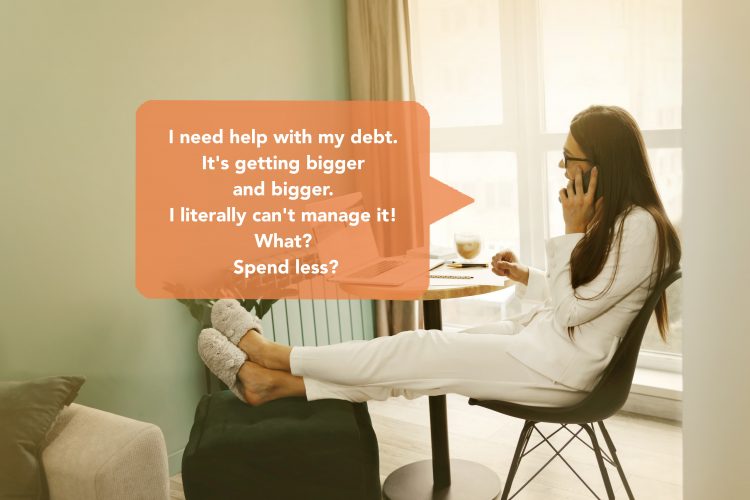
Understanding where your debt is and which parts of it you need to pay off first is a vital first step, but you need to get out of the planning stage at some point. There are a lot of different approaches to lowering your debt, but here are some of the most universally accepted strategies:
1. Pay off your high-interest debts first
The most efficient approach to debt elimination is to target your highest interest bills first. If you have a credit card with an APR of 22%, an auto loan at 9%, and a student loan at 3%, you should pay the credit card first, the auto loan second, and the student loan last. Of course, you should continue making minimum payments on the auto and student loans, as missing these will probably lead to extra charges and damage to your credit score.
2. The Debt Snowball
Paying off your high-interest debts first is the most efficient way, but it may not be the most satisfying, as you can find yourself chipping away at large, high-interest debts while making minimum payments on smaller low-interest debts. The “Debt Snowball” approach, though, focuses on paying off your smallest debts first, which makes your goal seem more achievable and gives you the motivation to keep going. As a bonus, it makes your finances a little simpler, since you have fewer bills to keep track of.
Technically, the debt snowball method is less effective than targeting high-interest debt, but if you think that having some quick victories would help you save more, it might be the best way to go!
3. Negotiate your rates!
Getting a few percent knocked off an interest rate doesn’t seem like a lot, but consider a $10,000 loan with a 15% interest rate. After three years, you would pay $5200 in interest. If the interest rate was 12%, you’d pay just $4040—over a thousand dollars of savings! If you can get lower rates on loans, especially big ones, you can end up saving quite a bit.
Luckily, it’s perfectly acceptable for you to call up your creditors and ask for lower rates—though success isn’t necessarily guaranteed. It helps a lot if your credit score has risen since the loan was issued, and having a good history with the lender also increases your chances. You can even shop around with their competitors for better rates and use those as leverage. The worst they can do is say no! You should check to make sure that negotiating a lower rate doesn’t incur a fee (like a prepayment fee), however.
You can renegotiate pretty much any loan, from mortgages to credit cards, but you should prioritize high-interest and/or large loans.
4. Use a balance transfer card
Credit card debt comes with high-interest rates, so getting a break on those can give you some time to get your head above water—and that’s exactly what Balance transfer cards are designed to do. These cards offer low or 0% APR for an introductory period, making them a good (but temporary) solution to managing your credit card debt.
These cards require at least a decent credit score to be approved for, but if you can get one then you’ll be able to transfer your debt from other cards to it, effectively lowering or even negating those rates for however long the introductory period lasts. They may come with fees, however, so be sure to read the fine print, and don’t forget to keep tabs on when your promotional APR runs out!
5. Negotiate your bills
How much do you pay for the internet? Phone service? Car insurance? Rent? You’ll be paying for necessary services like this pretty much forever, so getting a small reduction in your monthly bills can help free up some much-needed cash to pay down your debts.
And, contrary to what you may think, you can negotiate these. With some companies, just asking will get you a discount, while other companies may be willing to offer you cheaper services by, say, eliminating TV channels you don’t watch from your package.
The exact strategies will vary depending on what type of bill you’re negotiating, but staying friendly and being persistent can get you pretty far. The average representative probably doesn’t have the authority to negotiate, but if you can get transferred up to someone who does, your chances are decent. Don’t be afraid to contact them multiple times, or even say you want to cancel your service, as many companies will go the extra mile to retain customers.
6. Consolidate your debt with a personal loan
61% of all personal loans are for debt management, so taking one out to pay off some of your other debts is definitely not an uncommon strategy. As long as you can get a personal loan at a lower interest rate than your other debts are charging, it can be a good strategy. Even if the rates aren’t that much better, it might be worth it just to simplify your monthly bills—though you should keep in mind that you’ll now be hit with one big payment to make instead of several small ones.
Another thing to consider is that you’ll probably need a good credit score to get low rates on a personal loan, and if you’re already carrying a lot of debt your score may be low enough to make finding a good loan difficult.
Improve and maintain

Getting your debt sorted out and a payment strategy in place is the most important part of your journey, but you’ll probably have to keep up your habits for a few years—and that’s generally enough time to increase your income and cut some expenses. Increasing the amount you can pay will speed up your timeline and save you money on interest payments, and can help ensure that you’re able to keep up with payments even during dips in your income.
1. Cut expenses
Spending less can help you pay down your debts faster and stay out of debt in the future. This is where a budget and apps that track your spending can really come in handy. Identify areas where you’re spending more than you need to and try to reshape some of your habits. Eating out at restaurants, recreational shopping, and unnecessary grocery spending are a few good places to start, and if you take an honest look at your finances, you’ll probably find some other things to cut as well. You don’t have to eliminate all discretionary spending—just try to reduce and find cheaper alternatives.
2. Pick up a side gig
If you’re already working full time, doing more work may seem impractical. Going to work again after your day job certainly isn’t fun, and you’ll probably burn yourself out quickly if you try it, but luckily the modern economy provides lots of opportunities to make extra cash in your free time. If you have a skill that you can sell over the internet, like writing, programming, or teaching, you may be able to find flexible work that you can fit into your schedule. Who knows—you may even find an opportunity to work on something you enjoy more than your primary job!
Gig work, like driving for a ride-sharing service, making deliveries, walking pets, or doing odd jobs are also things that almost anyone can do on their own time. Even if you’re just making a few hundred extra dollars per month, it can help a lot with your debt, and after your debt is paid off you might choose to continue your side gig to help boost your savings.
3. Stay out of debt
Once you get out of debt, you probably want to avoid going back in, but it’s also important to make sure that you don’t end up taking on new debts while trying to pay off the old ones. That’s why it’s important to save up a few months’ worths of expenses in an emergency fund as a buffer. If you have absolutely no emergency fund, this should be a high priority. Otherwise, if you have at least some funds to fall back on, you can build up your emergency savings more gradually, balancing it with your debt payments.
Getting started
Getting out of debt can be intimidating, but breaking it down into manageable pieces can make it a lot easier to take that first step. If you’re having trouble deciding where to start, you may just want to identify either your smallest or your highest-interest debt and schedule regular payments that are more than the minimum. Don’t feel like you need to do everything at once—negotiating your bills, raising your income, cutting expenses, and all the other things that can help you deal with debt faster take time to do. Like a lot of other things in life, getting out of debt requires long-term effort and habit shifts, so start small and build up your efforts gradually.





